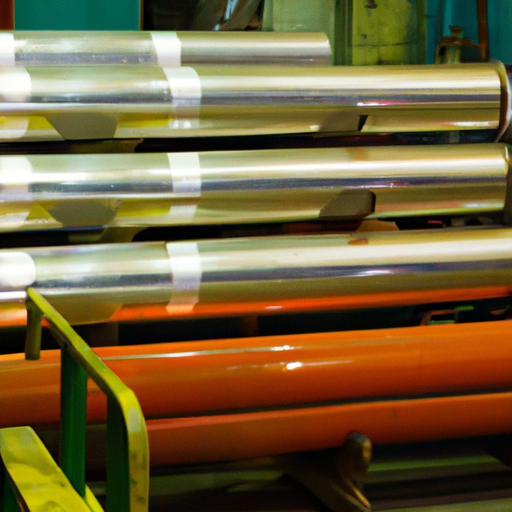Title: The Manufacturing Process of Mid-Wall Heat Pipes: A Comprehensive Overview

1. Overview of Mid-Wall Heat Pipes (150 words) Mid-wall heat pipes are a type of heat pipe that consists of a cylindrical envelope with a wick structure located in the middle of the wall. This design allows for improved heat transfer capabilities compared to conventional heat pipes. The manufacturing process of mid-wall heat pipes involves several steps, including material selection, wick fabrication, envelope formation, and assembly.
2. Material Selection (200 words) The choice of materials for mid-wall heat pipes is crucial to ensure optimal performance and longevity. The envelope material is typically selected based on its thermal conductivity, compatibility with the working fluid, and mechanical properties. Commonly used materials include copper, aluminum, and stainless steel. The wick structure is usually made of sintered metal powders, such as copper or nickel, which provide capillary action for fluid transport.
3. Wick Fabrication (250 words) The wick structure plays a vital role in mid-wall heat pipes, as it facilitates the movement of the working fluid and enhances heat transfer. The fabrication of the wick involves several techniques, including sintering, screen printing, and electroplating. Sintering is a widely used method where metal powders are compacted and heated to form a porous structure. Screen printing involves depositing a layer of metal paste onto the inner surface of the envelope, which is then sintered to create the wick. Electroplating is another technique used to create a thin layer of metal on the inner surface, which is subsequently etched to form the desired wick structure.
4. Envelope Formation (300 words) The envelope of mid-wall heat pipes is responsible for containing the working fluid and providing structural integrity. The manufacturing process of the envelope typically involves tube forming, cleaning, and sealing. Tube forming can be achieved through various methods, such as extrusion or rolling, depending on the desired dimensions and material properties. After forming, the tubes undergo cleaning processes to remove any contaminants that may affect the heat pipe's performance. Finally, the ends of the tubes are sealed to create a hermetic enclosure, ensuring the working fluid remains contained.
5. Assembly (250 words) The final step in the manufacturing process of mid-wall heat pipes is the assembly, where the envelope and wick structure are combined to create a functional heat pipe. The wick is inserted into the envelope, ensuring proper alignment and contact. The assembly is typically performed in a controlled environment to prevent contamination and maintain the desired working fluid purity. Once the assembly is complete, the heat pipe undergoes rigorous testing to ensure its performance meets the required specifications.
Conclusion (100 words) The manufacturing process of mid-wall heat pipes involves several critical steps, including material selection, wick fabrication, envelope formation, and assembly. Each step requires careful consideration to ensure optimal performance and reliability. By understanding the intricacies of the manufacturing process, engineers and researchers can further enhance the design and performance of mid-wall heat pipes, leading to more efficient heat transfer solutions in various industries.





